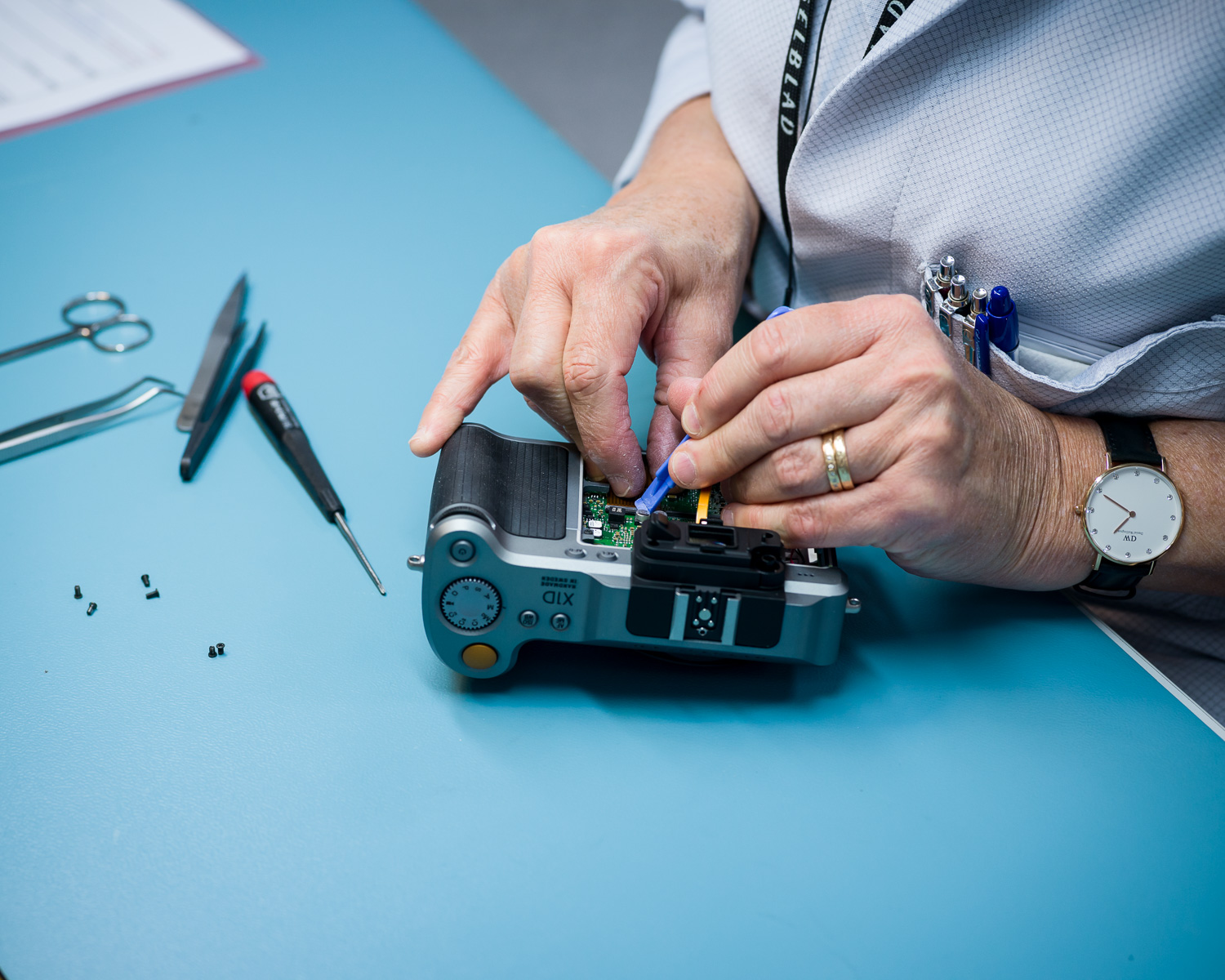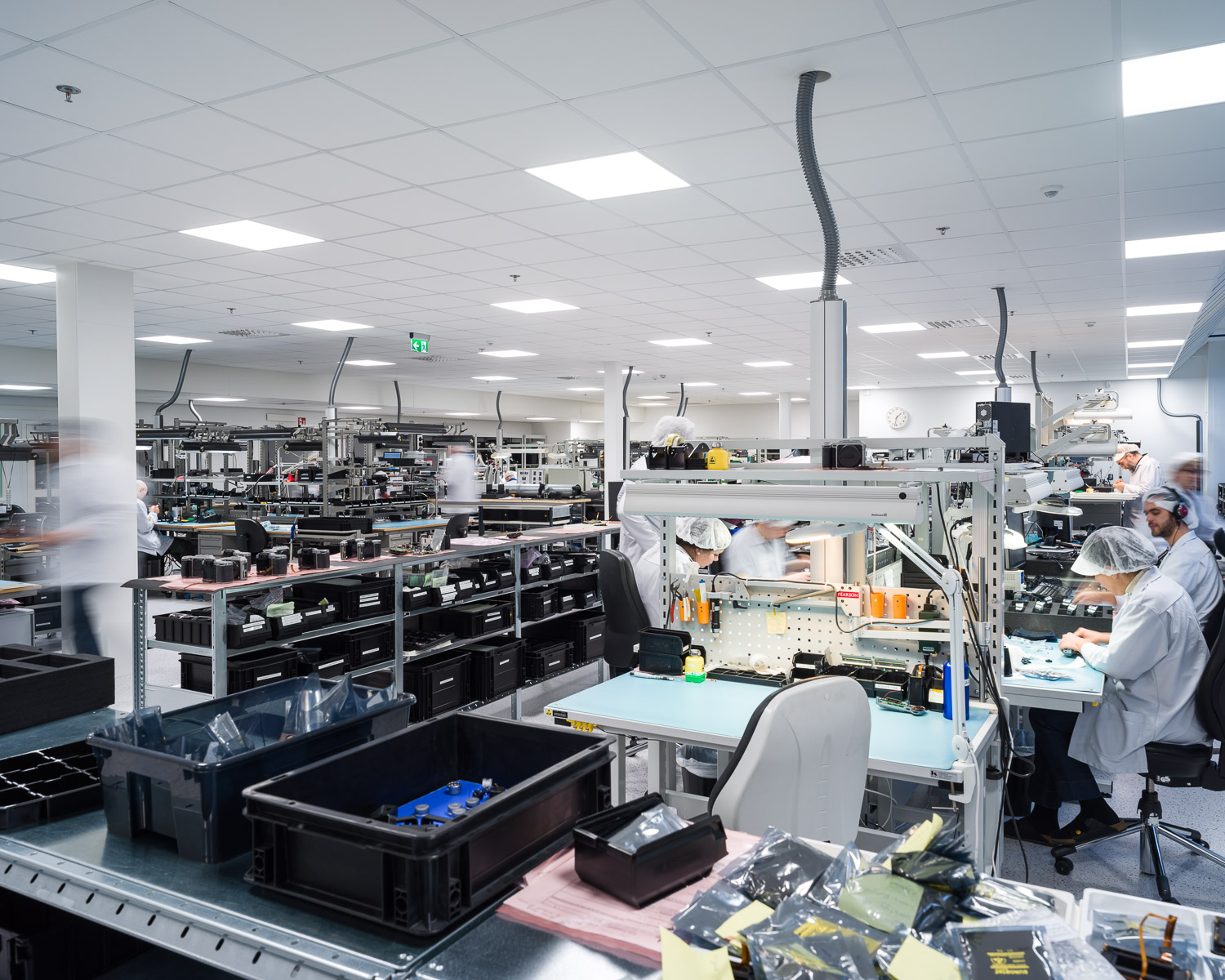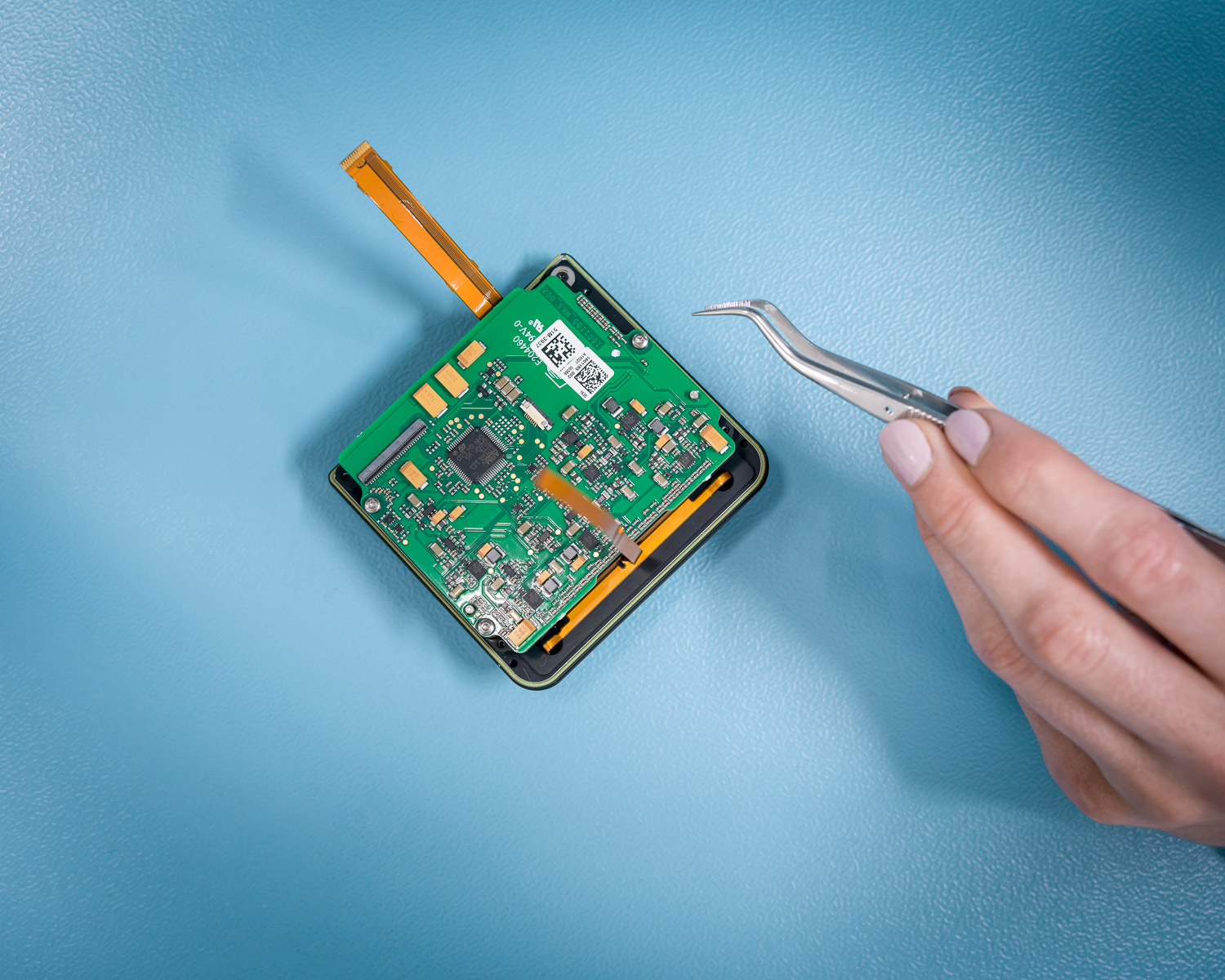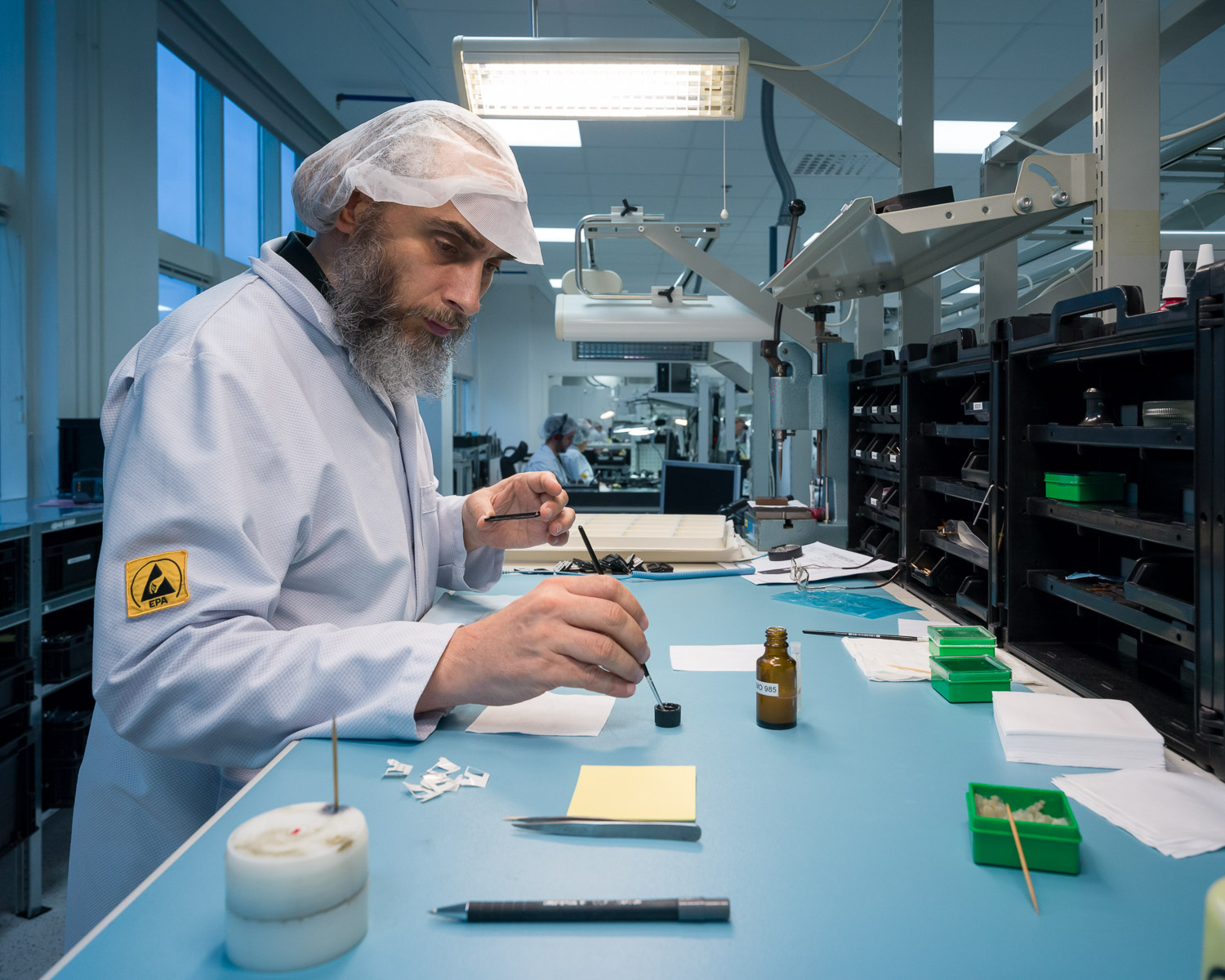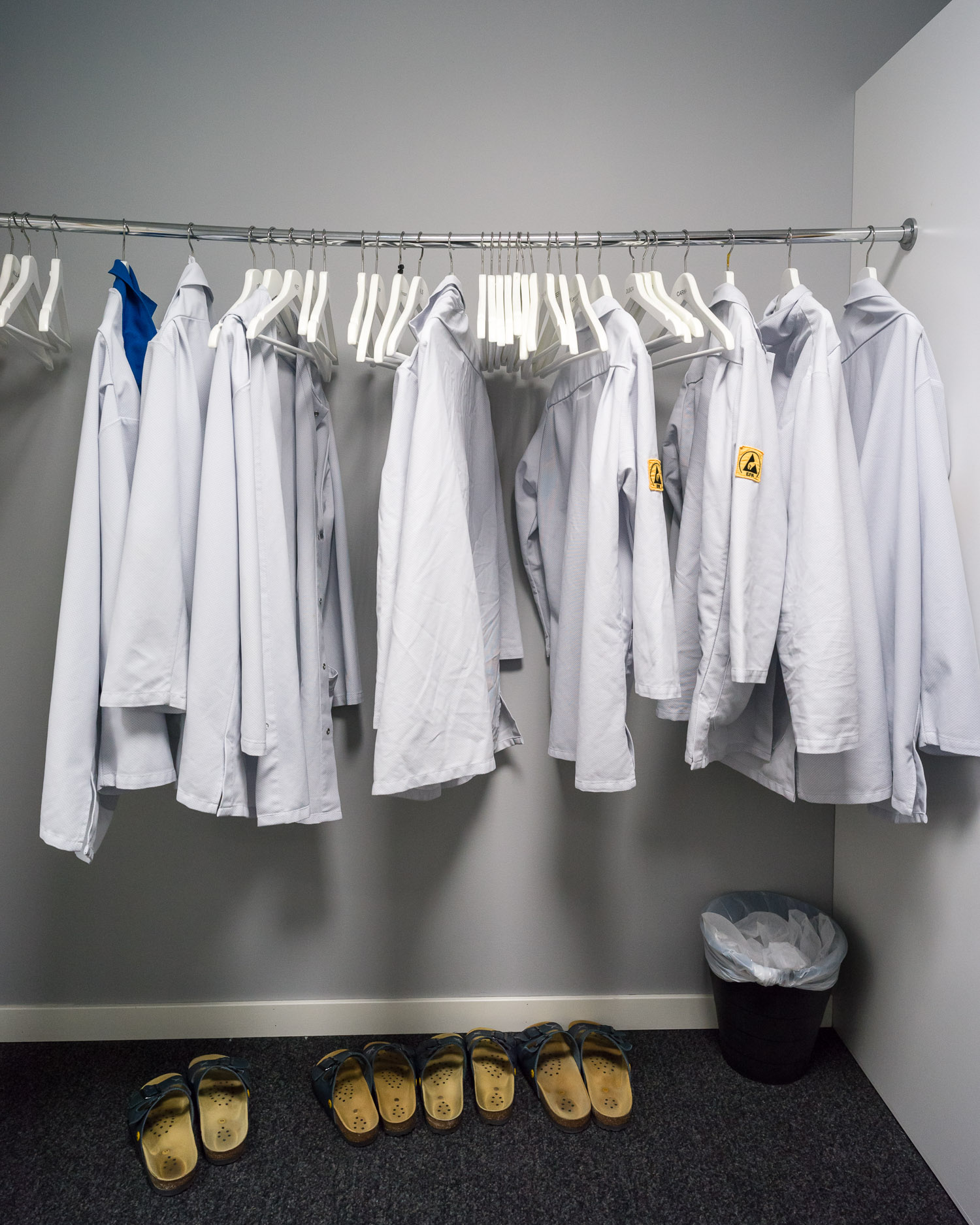I visited the Hasselblad factory in Gothenburg for N by Norwegian magazine, and I got to test out their new mirrorless medium format camera, the X1D. Read the full story below!
The Camera That Went To The Moon
Text by Mandi Keighran. Originally published in "N by Norwegian" December 2016.
October the third 1962 was the day everything changed for Hasselblad.
NASA astronaut Walter Schirra blasted off into space on the Mercury-Atlas 8 mission, taking his personal 500C Hasselblad camera with him. That camera captured the first recognisable images of Earth from its orbit, and became a part of the history of the space race. NASA was so impressed with the results that it began to modify Hasselblad cameras for space travel. Soon, a dedicated department was established at the factory in Gothenburg to carry out research on the development of these special cameras. In 1965, millions around the world listened as Mission Control Houston intercepted astronaut James McDivitt instructing colleague Edward White to “come closer so I can get a shot of you with the Hasselblad”. The brand with the strange Swedish name became a household name. It was something that Arvid Hasselblad, who started the photographic division of his father’s trading company in 1885, could not have foreseen.
According to company lore, he didn’t have high hopes for his cameras: “I certainly don’t think we will earn much money on this, but at least it will allow us to take pictures for free,” he reportedly said. Things escalated when his grandson, Victor, started his own company, manufacturing aerial cameras for the Swedish government for use during World War II, followed by a prototype known as the Rossex, and then the first civilian Hasselblad camera, the 1600F, in 1948. By 1966 the cameras were world famous. That was the year they went into orbit, literally, when astronaut Michael Collins dropped his Hasselblad Superwide 500C on a spacewalk. Swedes like to joke that it was the country’s first satellite. Three years later a Hasselblad went to the Moon – in fact 12 Hasselblad 500EL camera bodies are still up there, left behind to allow lunar rock samples to be brought back to Earth.
Today, it’s one of the world’s most recognisable camera brands, producing products beloved by major names. Diane Arbus, Irving Penn, Ansel Adams and celebrity photographers Annie Leibovitz and Marco Grob are a handful of devotees, creating some of the 20th century’s most iconic images. The Beatles’ Abbey Road album cover, for instance. Terry O’Neill’s artwork for David Bowie’s Diamond Dogs. Neil Leifer’s shot of Muhammad Ali towering over Sonny Liston during the World Heavyweight title fight in 1965. This year, the company celebrated the 75th anniversary of its camera production with a host of special editions. Most exciting for shutterbugs is the announcement of the X1D, a mirrorless medium-format camera that’s being hailed as a game changer for the company and the industry as a whole.
We’ve come to Hasselblad HQ in Gothenburg, on the west coast of Sweden, to get a rare glimpse inside the factory and a peek at the new X1D ahead of its public launch – something our photographer, Alastair Philip Wiper, is very excited about. “It’s a dream for a photographer to test out a new Hasselblad camera before it hits the market,” he says. “It’s such a beautiful and simple camera.” That simplicity – what Hasselblad CEO Perry Oosting calls a “Scandinavian sensibility” – is something that can be found in all Hasselblad products, especially the iconic V-system cameras, and it played a big role in informing the look of the latest model. “It’s not minimalism and coldness, but form and functionality without too many details,” says Oosting. Like the V-system – designed by Victor, himself a keen bird photographer – the X1D is remarkably portable. It’s been designed to get a medium-format camera out of the studio, appealing to photographers working in the field and keen amateurs (although with a price tag of €7,900 for the body alone, you’d have to be a very keen amateur).
“This is the most different and surprising camera we’ve ever made,” says Ove Bengtsson, product manager at Hasselblad. “It’s very exciting.” Oosting agrees. “The most important parts of our history are the success of the V-system cameras, the NASA space missions, and our transition from analogue to digital,” he says. “The X1D could also be an important part of this story.” With that, it’s down to the factory for Wiper to put the X1D to the test. The first thing you notice about the Hasselblad factory is its size – it’s much smaller than we imagined. It’s also very, very clean.
Every Hasselblad camera is still assembled by hand by dozens of workers, all dressed in matching white coats, hair nets and slippers, who sit at skyblue workstations, absorbed in their work. Desk surfaces are adorned with neat piles of camera pieces – miniscule screws and bolts, and perfectly formed shutter elements – waiting to be assembled. At one workstation, a man uses a paintbrush to carefully lubricate hinges; at another a woman assembles the body of the X1D. In a central testing station finished cameras are hooked up to run through around 500 cycles to ensure every product is in perfect working condition.
“We want to keep that sense of the handmade, especially with high-end products like the H-system and the X1D,” says Oosting. “When we say these cameras are made in Sweden, they really are.” So how does Wiper feel after the shoot? “It’s risky to do a shoot on a camera that you’ve only picked up five minutes earlier, but it paid off,” he says. “The camera is so intuitive to use, and the image quality is amazing. This feels like the future of photography.” His enthusiasm is mirrored in the public response. In the 10 days following the announcement of the X1D on 22 June this year, the company received more pre-orders than they had anticipated for the rest of the year – meaning there’s a pretty hefty waiting list. Next year, there will be at least four new lenses released for the X1D, cementing it as the company’s core product. It shows that even while Hasselblad is celebrating its past, it’s still innovating. “The reaction that we’ve had to the X1D makes us happy and proud,” says Oosting. “We are all very passionate about the future.”



